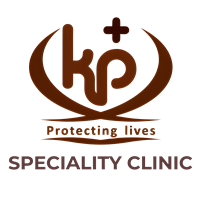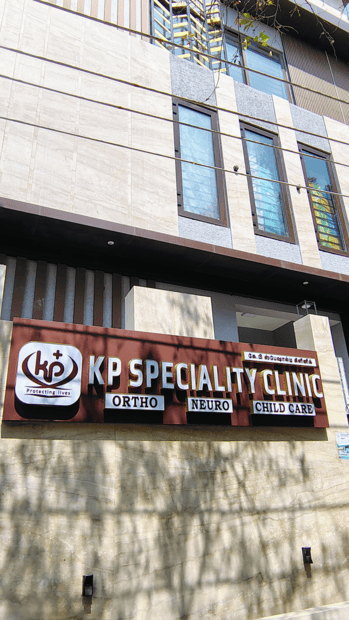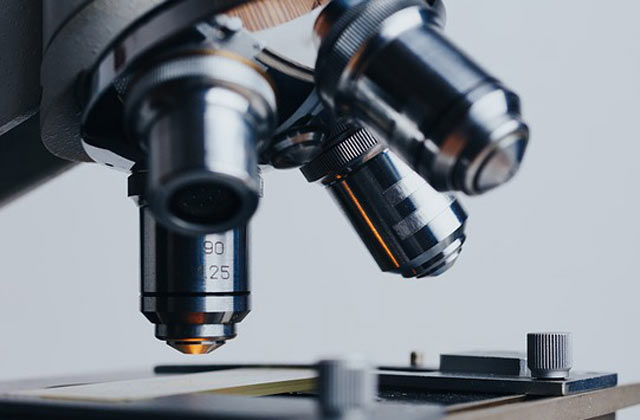SURGERIES
KNEE SURGERY
Computer-assisted surgical (CAS) navigation has been developed
with the aim of improving the accuracy and precision of total knee arthroplasty (TKA) component positioning and therefore overall limb alignment. The historical goal of knee arthroplasty has been to restore the mechanical alignment of the lower limb by aligning the femoral and tibial components perpendicular to the mechanical axis of the femur and tibia. Despite over 4 decades of TKA component development and nearly 2 decades of interest in CAS, the fundamental question remains; does the alignment goal and/or the method of achieving that goal affect the outcome of the TKA in terms of patient-reported outcome measures and/or overall survivorship? The quest for reliable and reproducible achievement of the intraoperative alignment goal has been the primary motivator for the introduction, development, and refinement of CAS navigation. Numerous proprietary systems now exist, and rapid technological advancements in computer processing power are stimulating further development of robotic surgical systems. Three categories of CAS can be defined: image-based large-console navigation; imageless large-console navigation, and more recently, accelerometer-based handheld navigation systems have been developed.
Conclusion: A review of the current literature demonstrates that there are enough well-designed studies to conclude
that both large-console CAS and handheld navigation systems improve the accuracy and precision of component alignment
in TKA. However, missing from the evidence base, other than the subgroup analysis provided by the Australian
Orthopaedic Association National Joint Replacement Registry, are any conclusive demonstrations of a clinical superiority in terms of improved patient-reported outcome measures and/or decreased cumulative revision rates in the long term. Few authors would argue that accuracy of alignment is a goal to ignore; therefore, in the absence of clinical evidence, many of the arguments against the use of large-console CAS navigation center on the prohibitive cost of the systems. The utilization of low-cost, handheld CAS navigation systems may therefore bridge this important gap, and over time, further clinical evidence may emerge.



